|
Ecoinduction Rio de la Plata Bay,
1999-2004 and 2011-Present
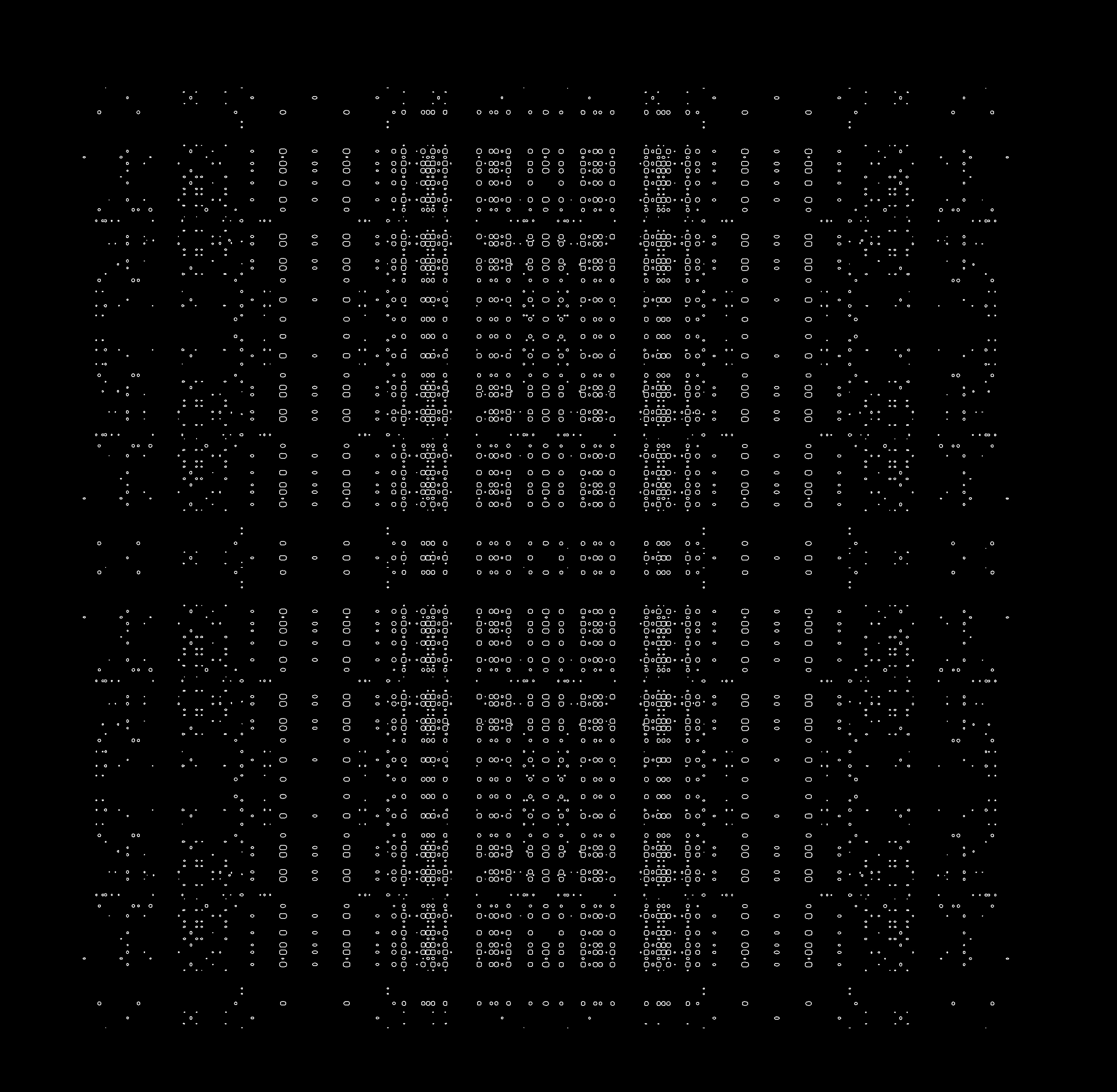
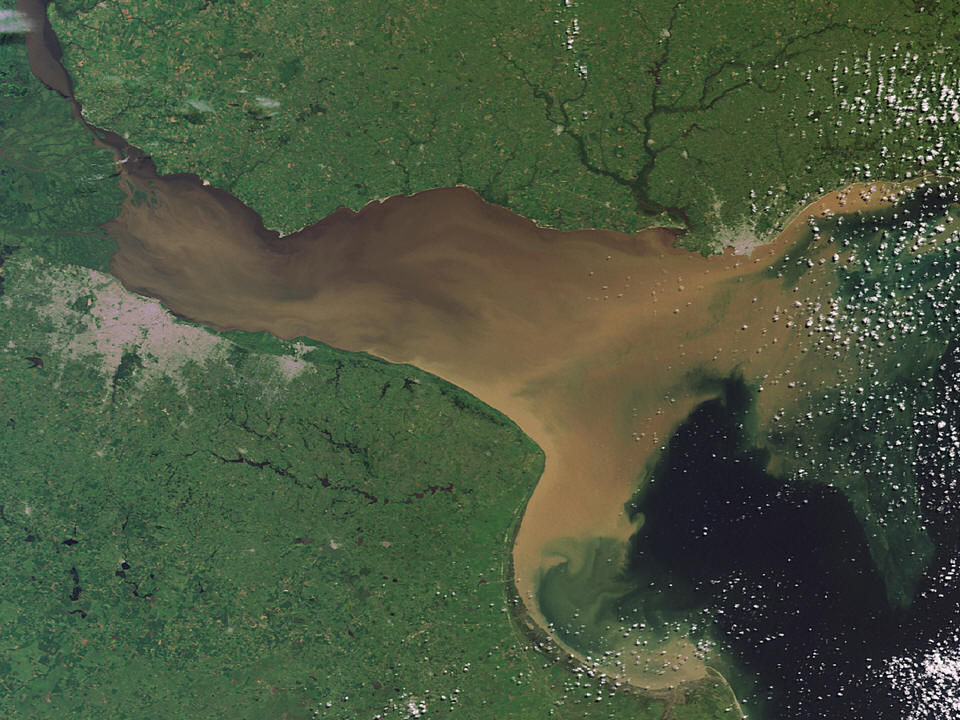
Satellite Image of the Rio de la Plata Bay, Buenos Aires
(Argentina), Colonia (Uruguay), Montevideo (Uruguay).
Satellite Image filtered to contrast sedimentation process.
Sedimentation is such, that literally the territory and estuary of the Rio de la
Plata is rather a continuous ground/fluid ground territory
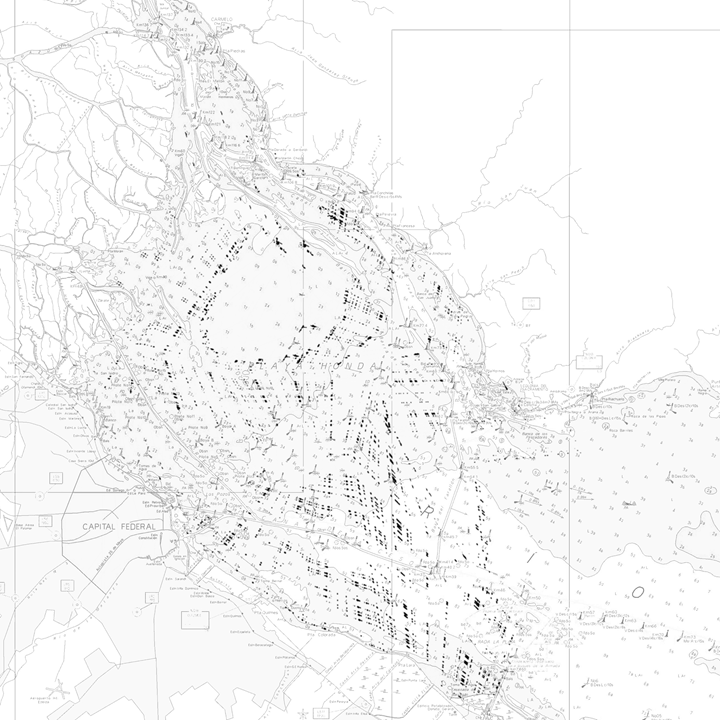
Plan of proposed Ecoinduction Buoys to activate
environmental sedimentation as a means to activate an artificial ecology at the
Rio de la Plata Bay. Phase I
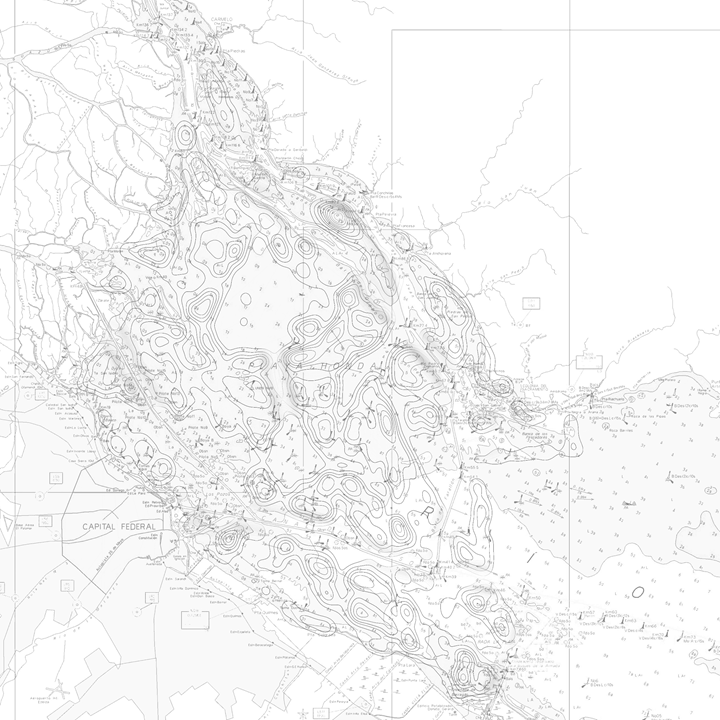
Sedimentation
deposition. Phase II
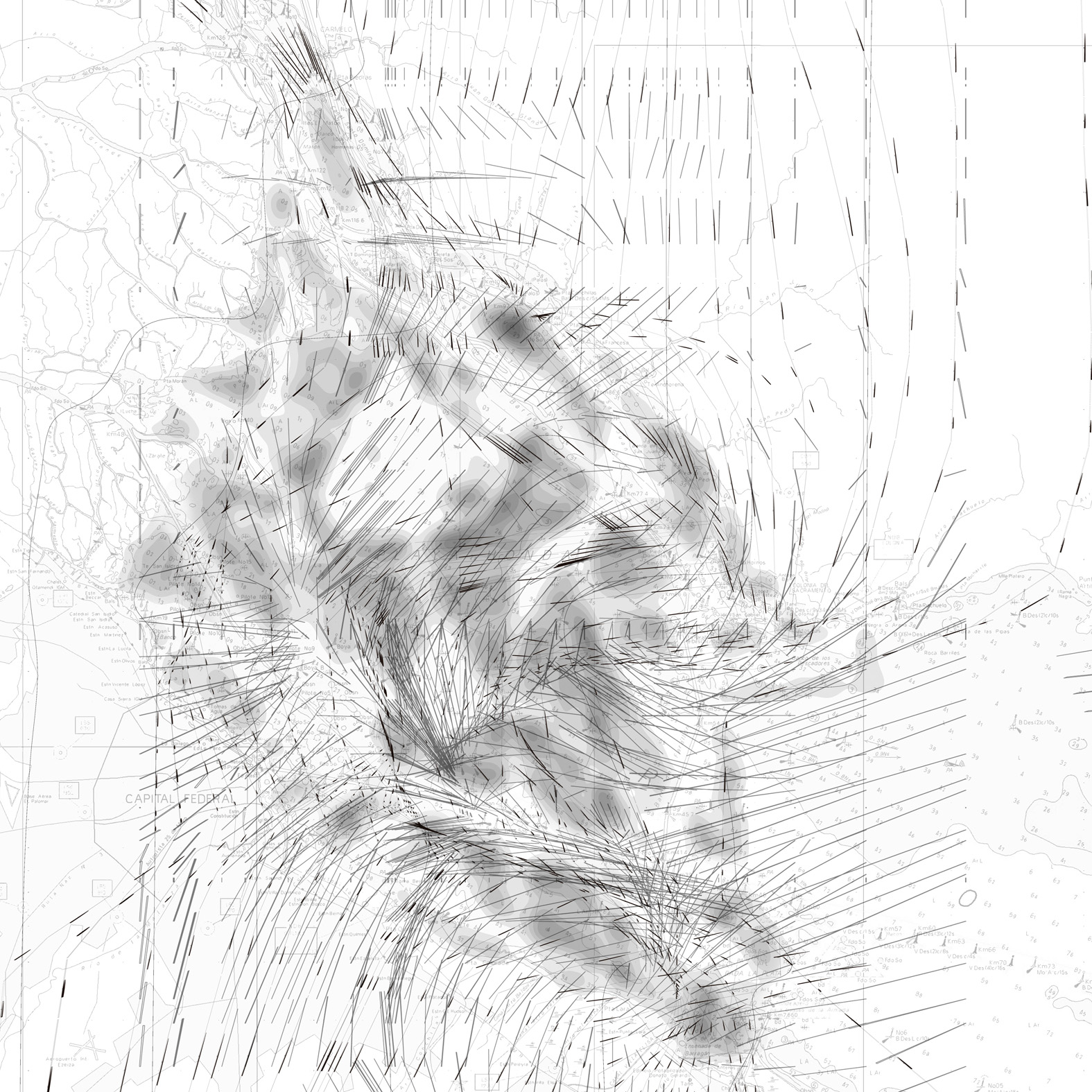
Sedimentation
deposition activating a new fluid dynamic process
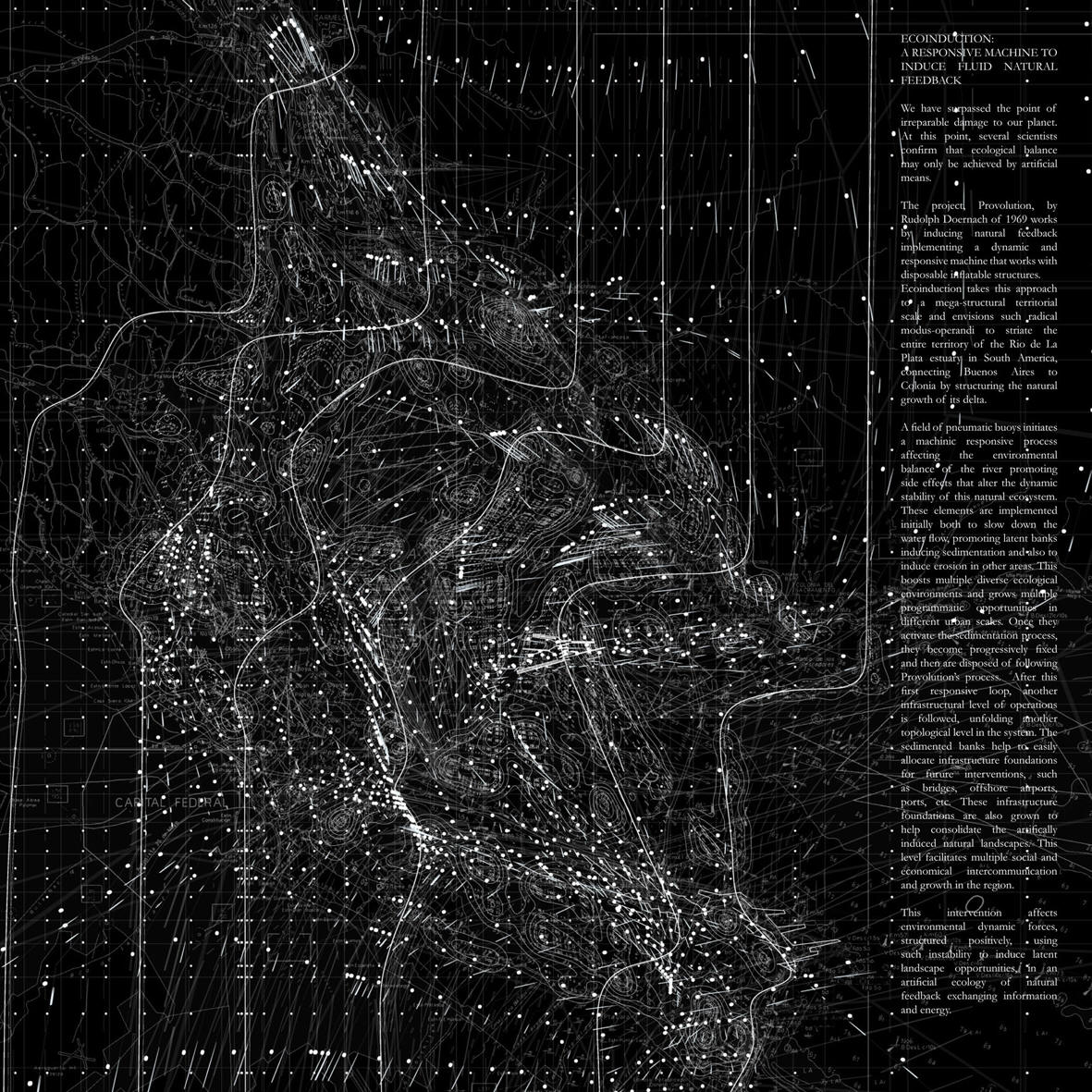
Sedimentation depositon to study the new
emergent fluid dynamic ecology in which natural island-parks emerge as
embankments, developing available land for infrastructure to cross the bay


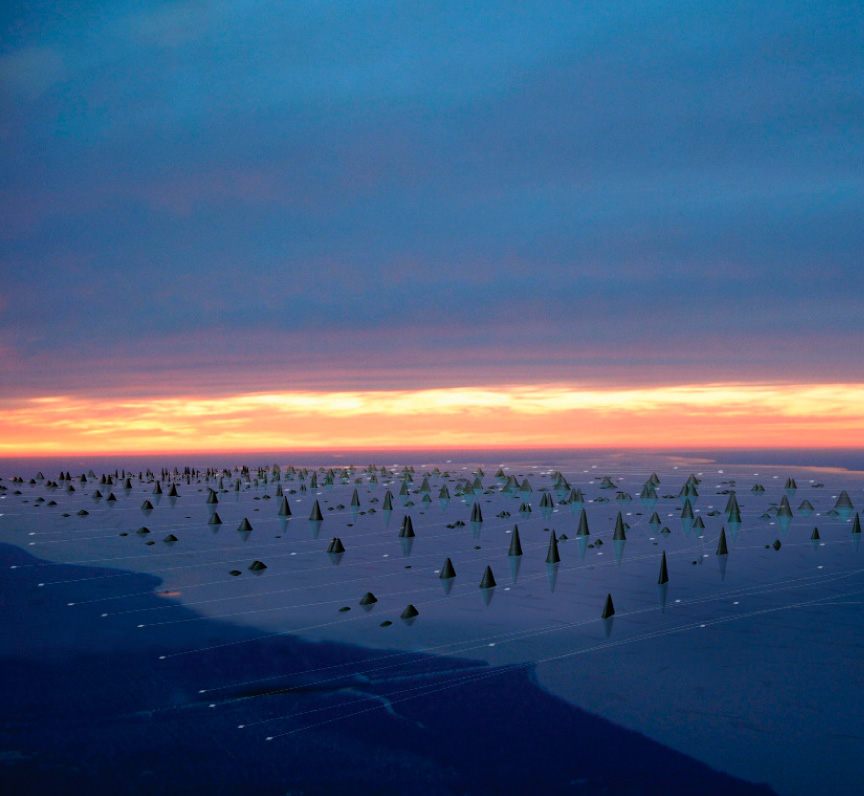
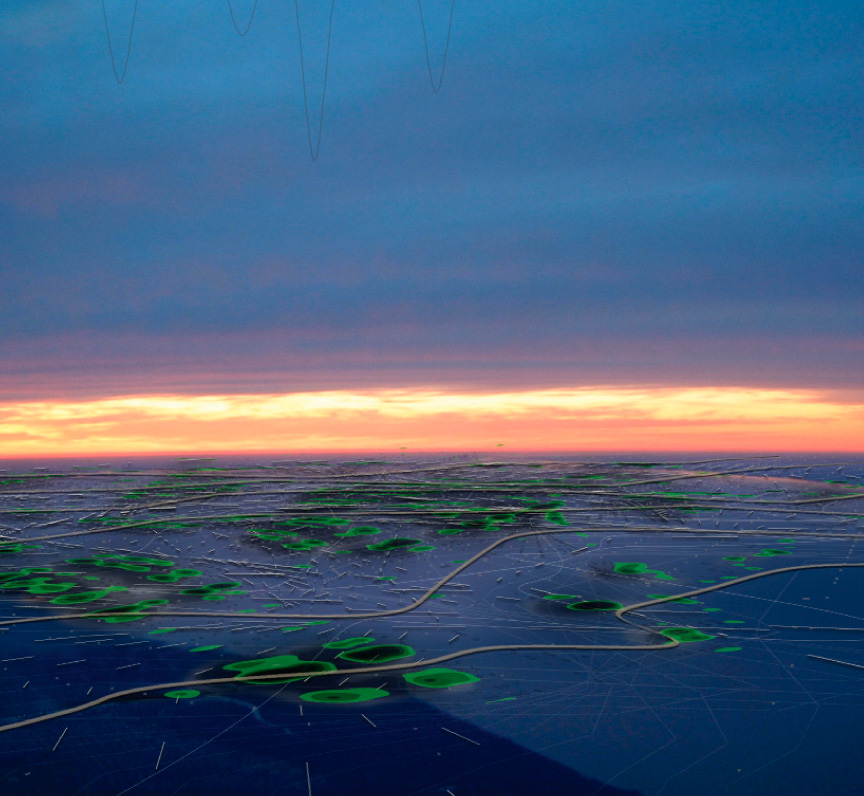
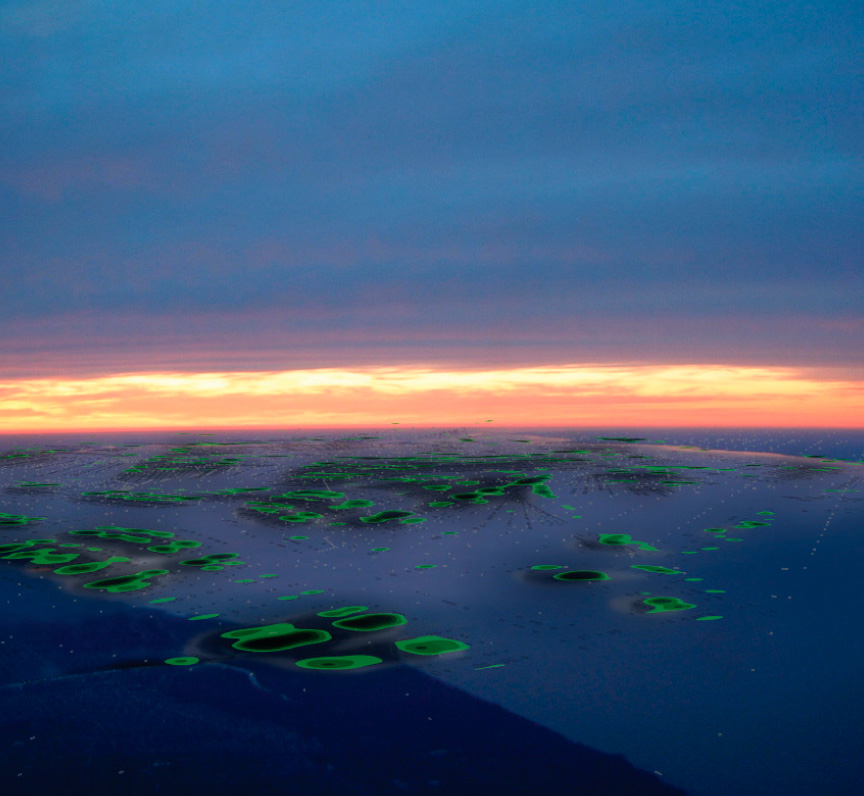
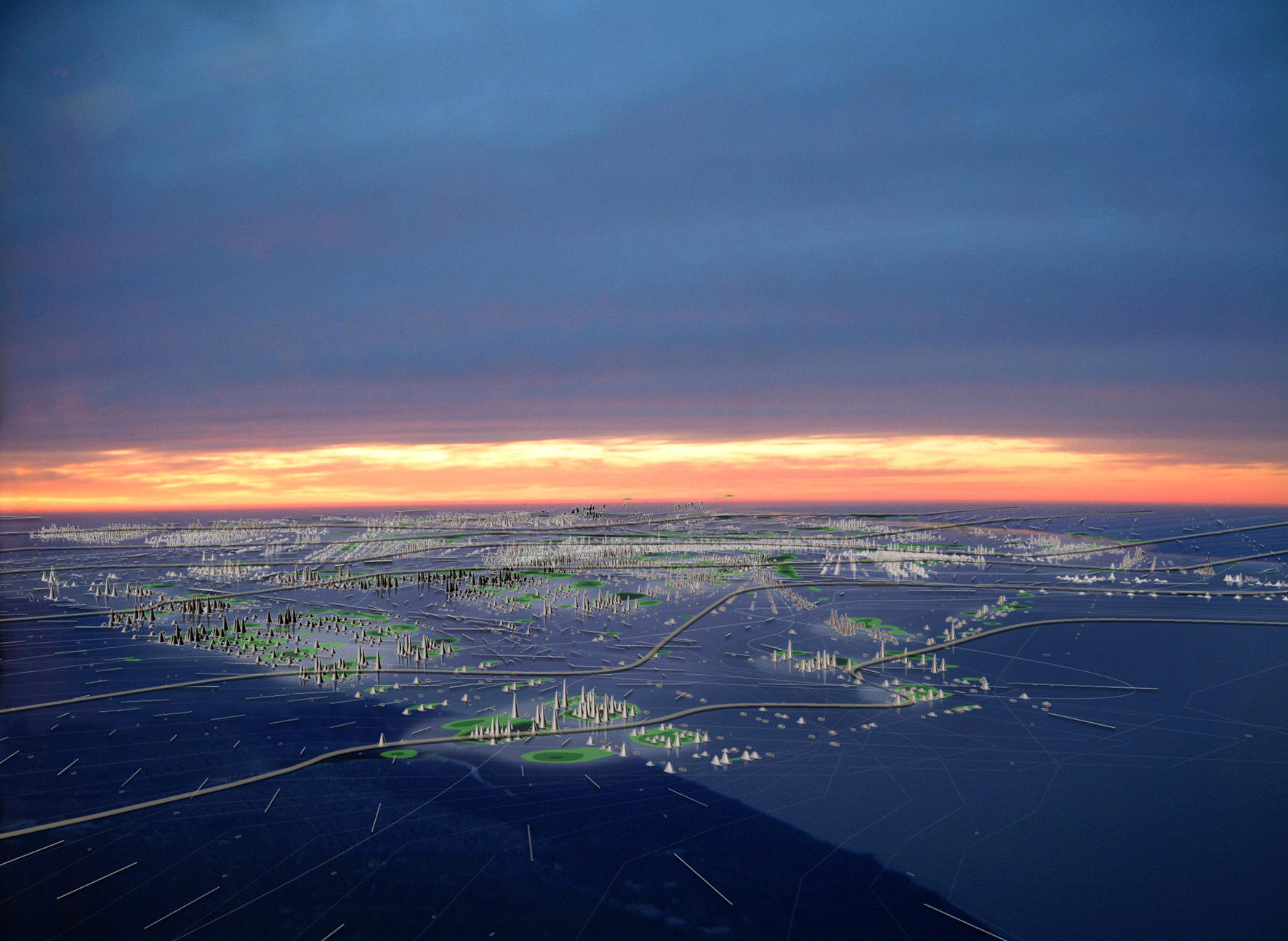
ecoinduction, rio de la plata
2050.
We have surpassed the point of irreparable damage to our planet. At this point,
several scientists confirm that ecological balance may only be achieved by
artificial means. The project, Provolution, by Rudolph Doernach of 1969 works by
inducing natural feedback implementing a dynamic and responsive machine that
works with disposable inflatable structures. Ecoinduction takes this approach to
a mega-structural territorial scale and envisions such radical modus-operandi to
striate the entire territory of the Rio de La Plata estuary in South America,
connecting Buenos Aires to Colonia by structuring the natural growth of its
delta. A field of inflatable buoys initiates a machinic responsive process
affecting the environmental balance of the river promoting side effects that
alter the dynamic stability of this natural ecosystem. These elements are
implemented initially to slow down the water flow, promoting latent banks
inducing sedimentation, boosting multiple diverse ecological environments and
developing multiple programmatic opportunities in different landscape scales.
Once they activate the sedimentation process, they become progressively fixed
and then are disposed of following Provolutionís process. This intervention
affects environmental dynamic forces, structured positively, using such
instability to induce latent landscape opportunities, in an artificial ecology
of natural feedback exchanging information and energy.
© Pablo Lorenzo-Eiroa,
2011.
Project team
Buenos Aires, Argentina: Architect in Charge and Desgin Research Lead: Pablo Lorenzo-Eiroa,
CPAU; model: Henry Mena
with assistance of Jeremy Jacinth and Darrel Wesley; Ricardo Escutia.
This project was part of the Exhibition "Ecoredux 02: Design Manuals for a Dying
Planet" Curated by Lydia Kallipoliti and Ana Pla Catala at the Disseny Hub
Barcelona of the Ajuntament de Barcelona.
2011 Ecoinduction, exhibition and catalog for the Disseny Hub Barcelona Ecoredux
02 exhibition, curated by Lydia Kallipolliti
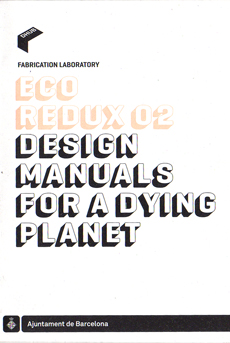
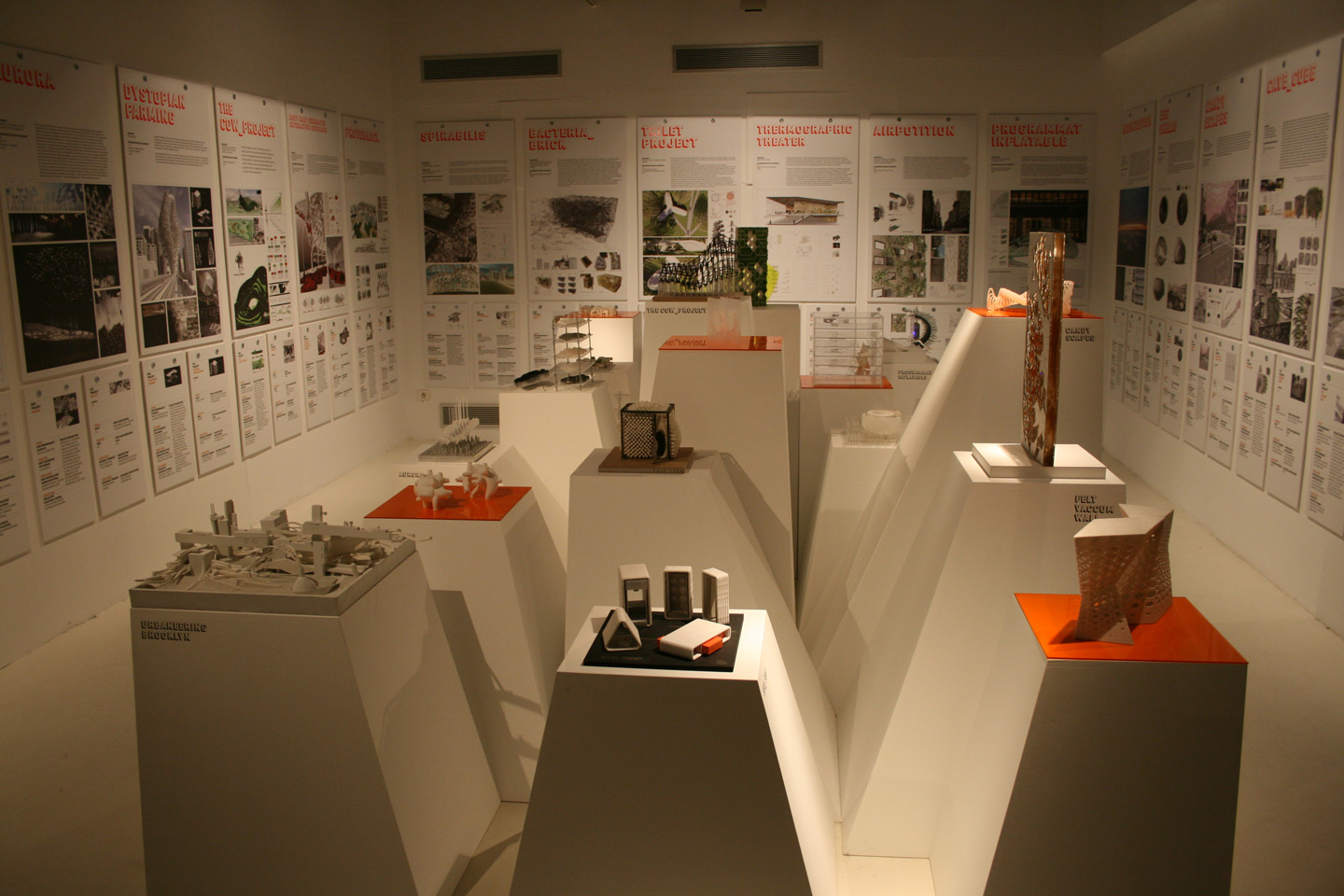 |